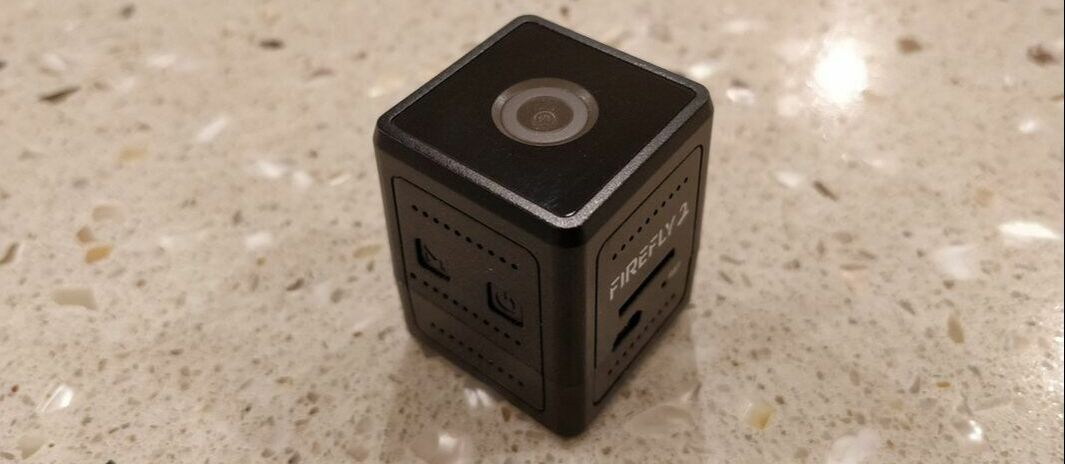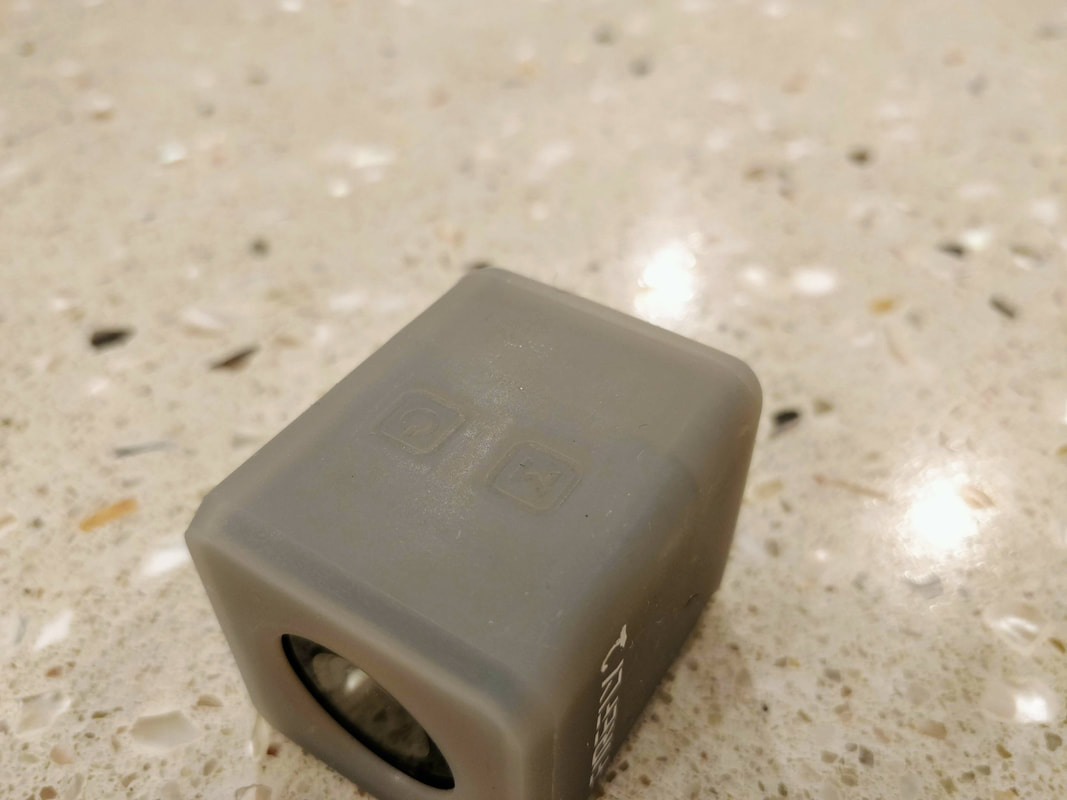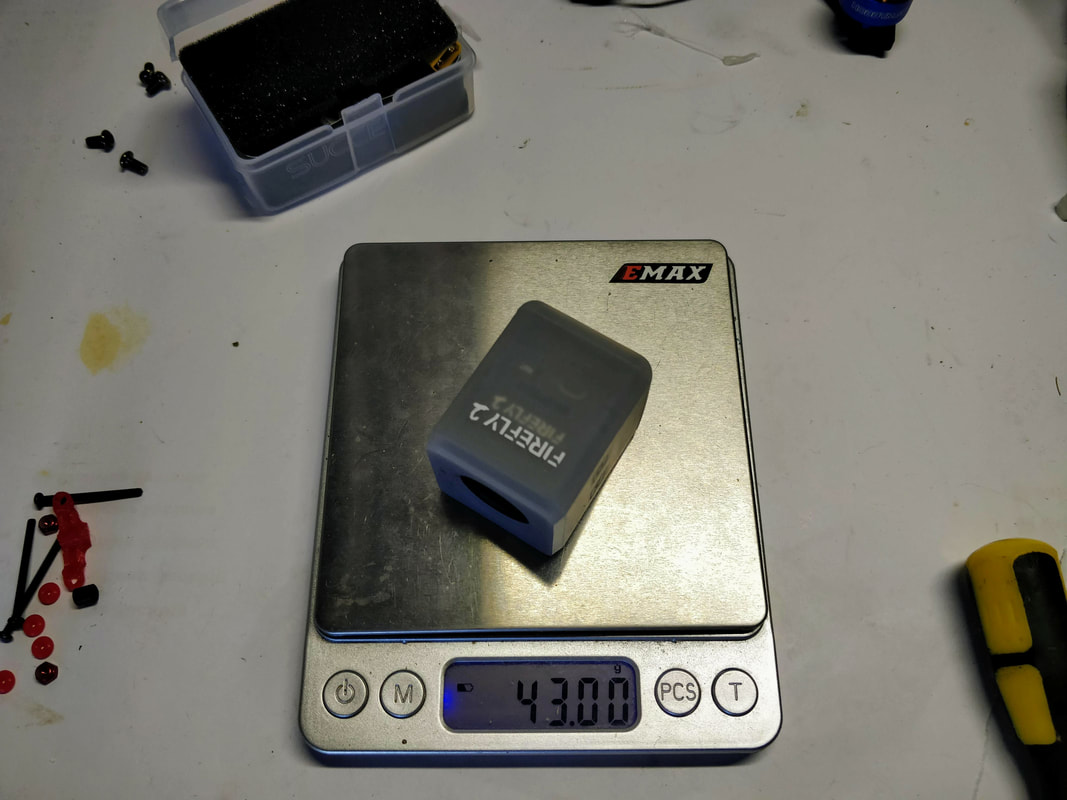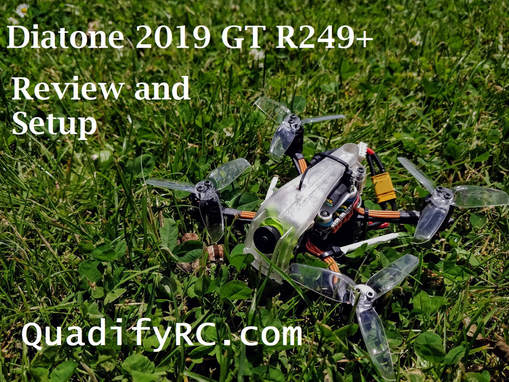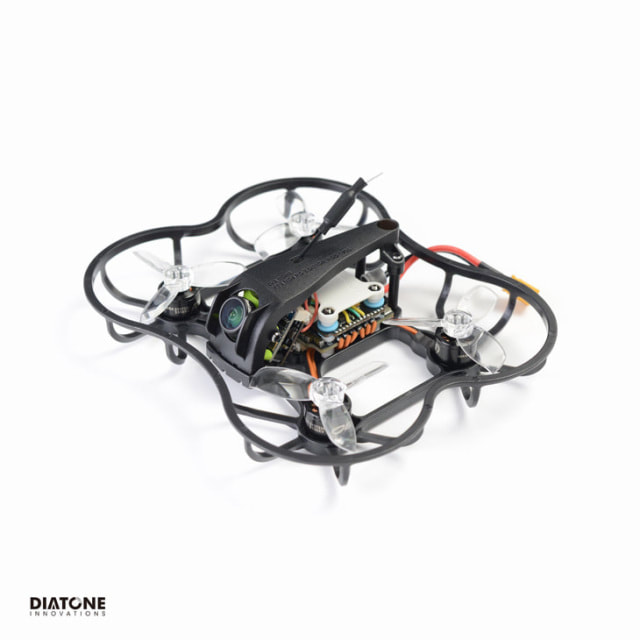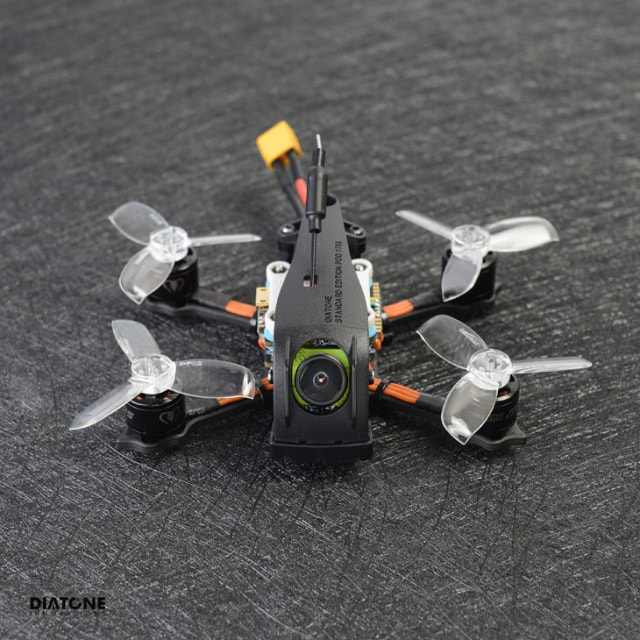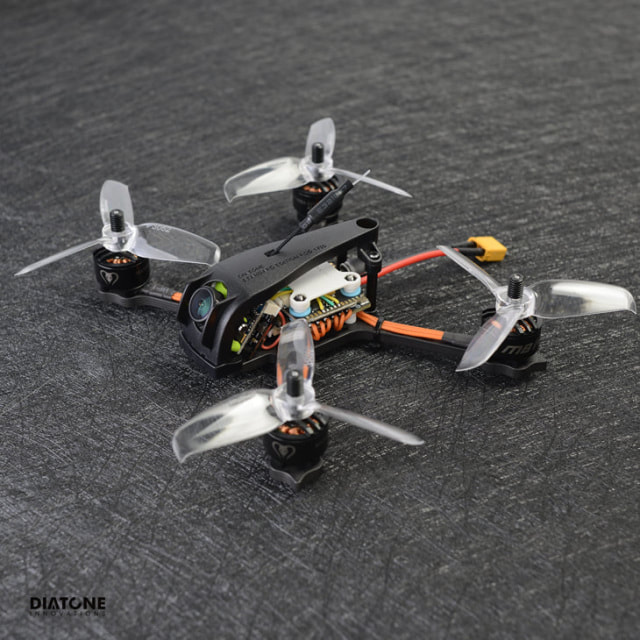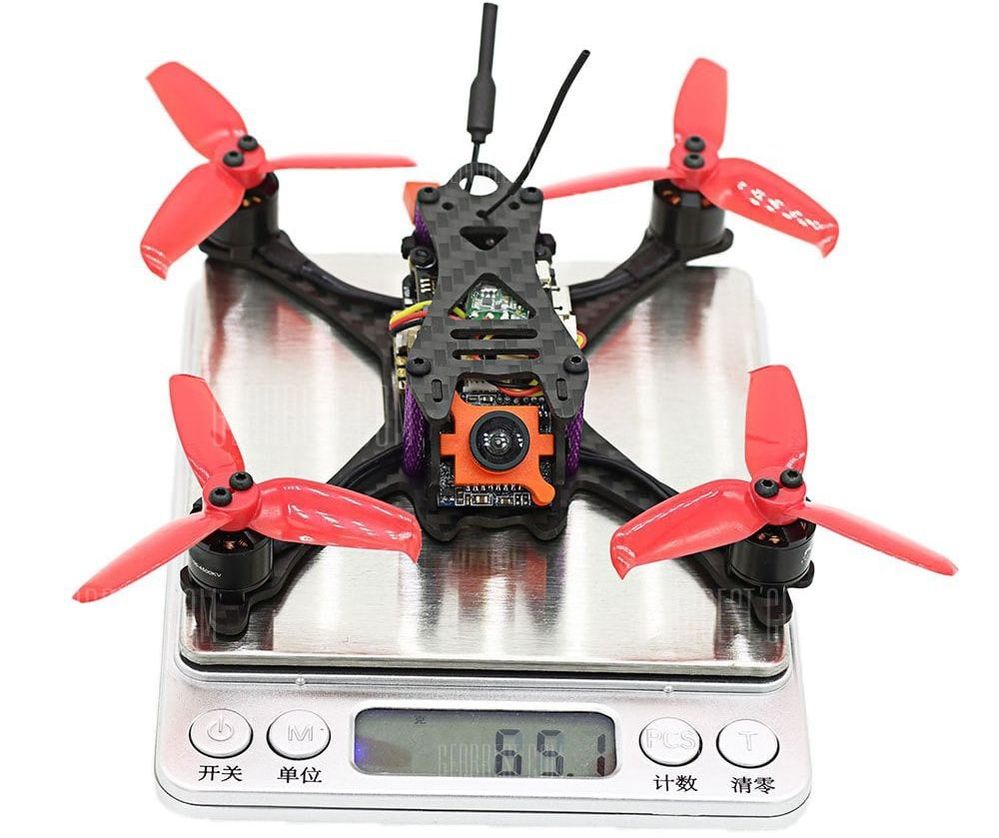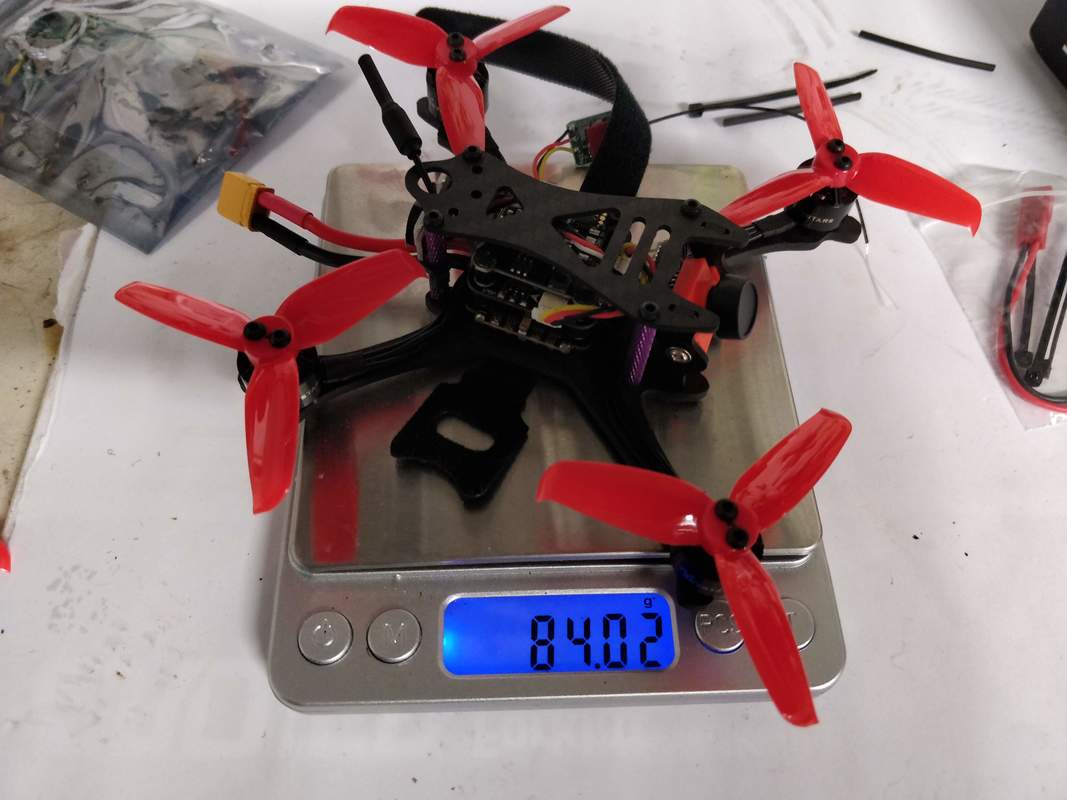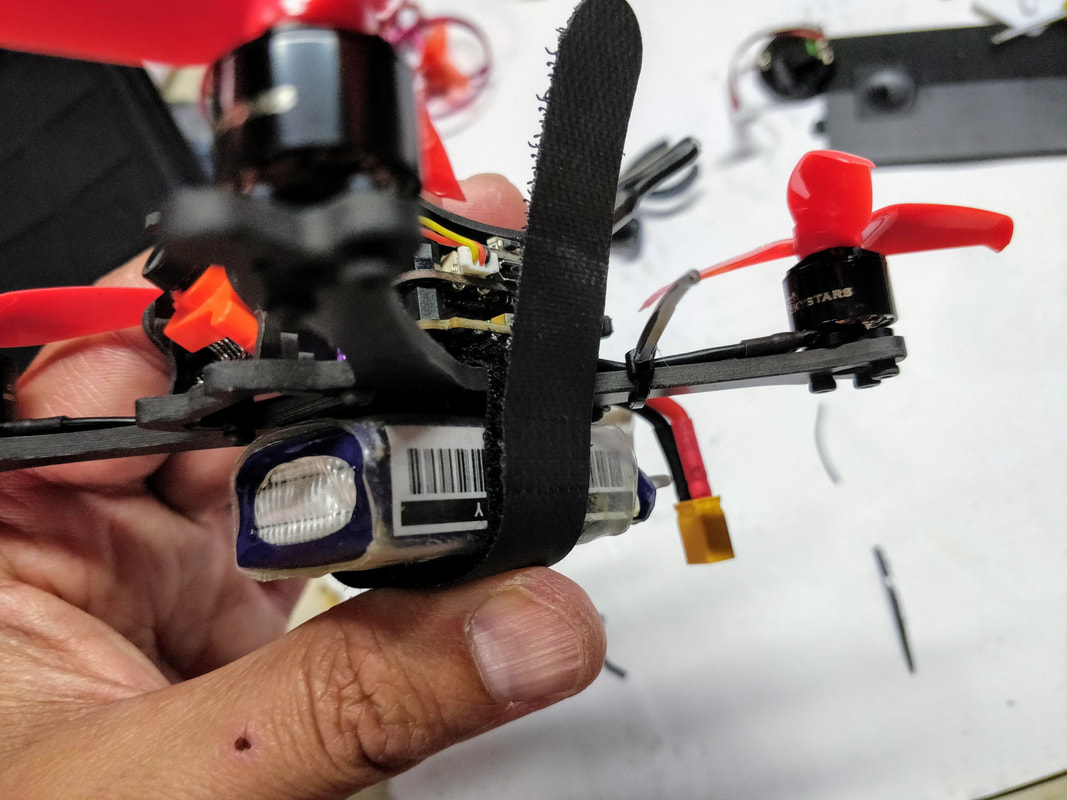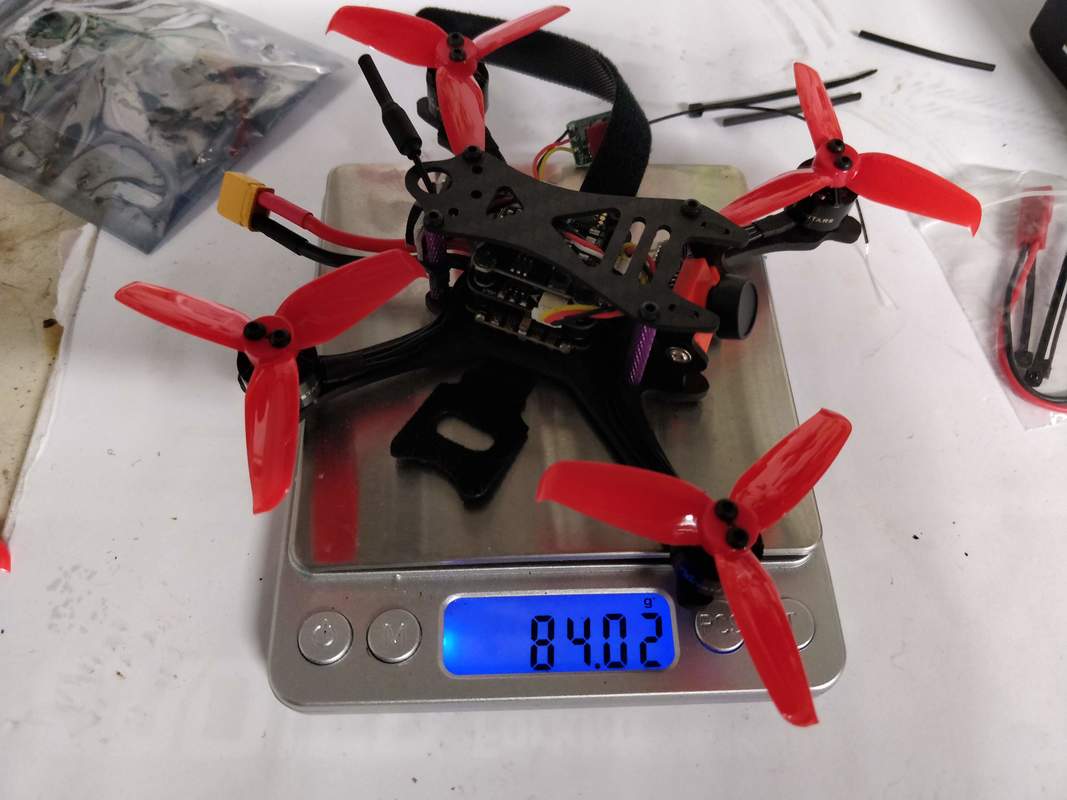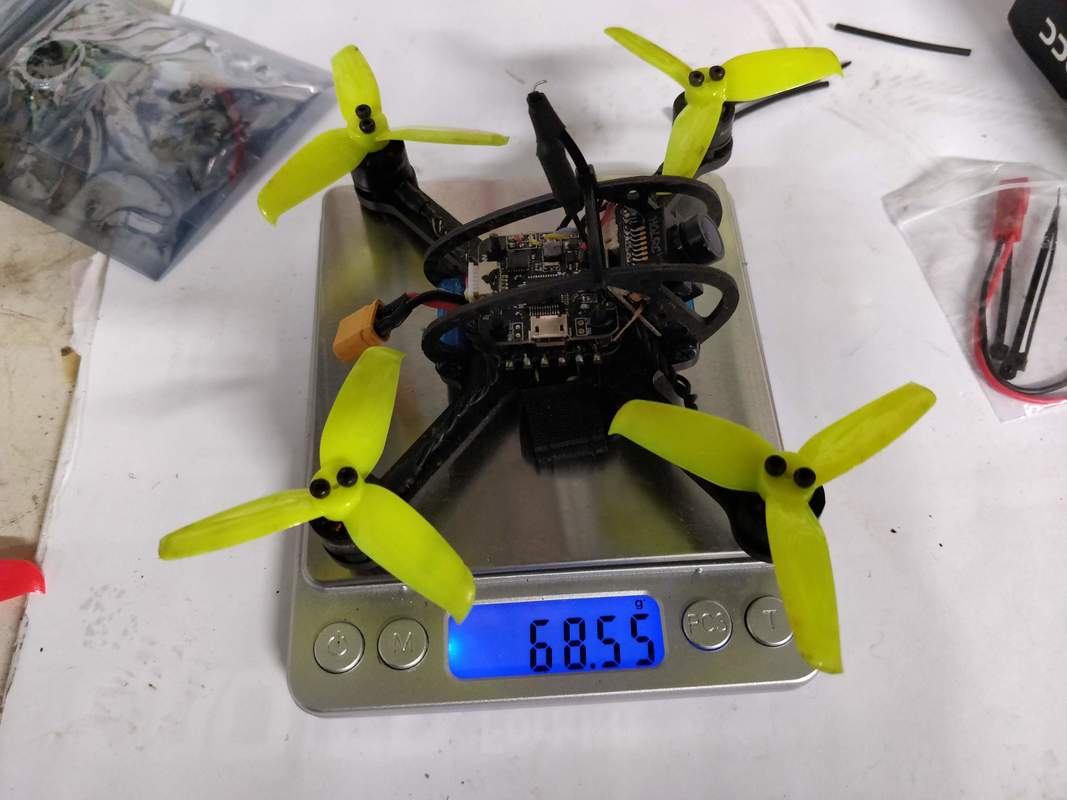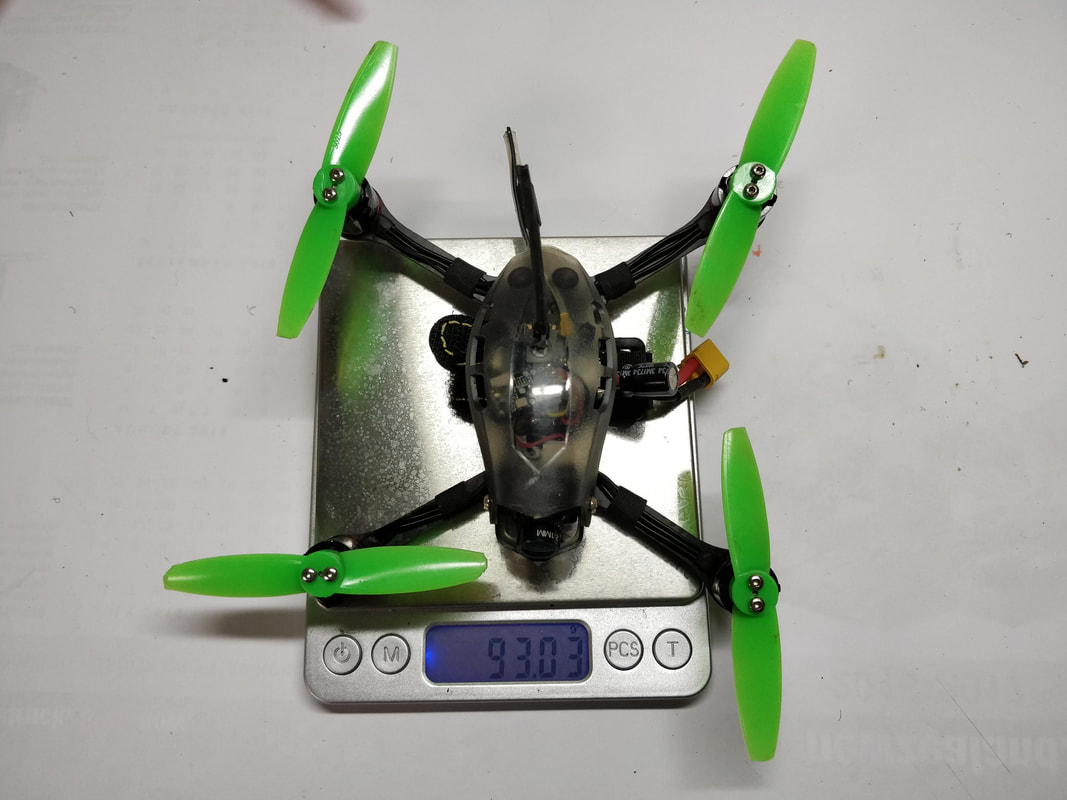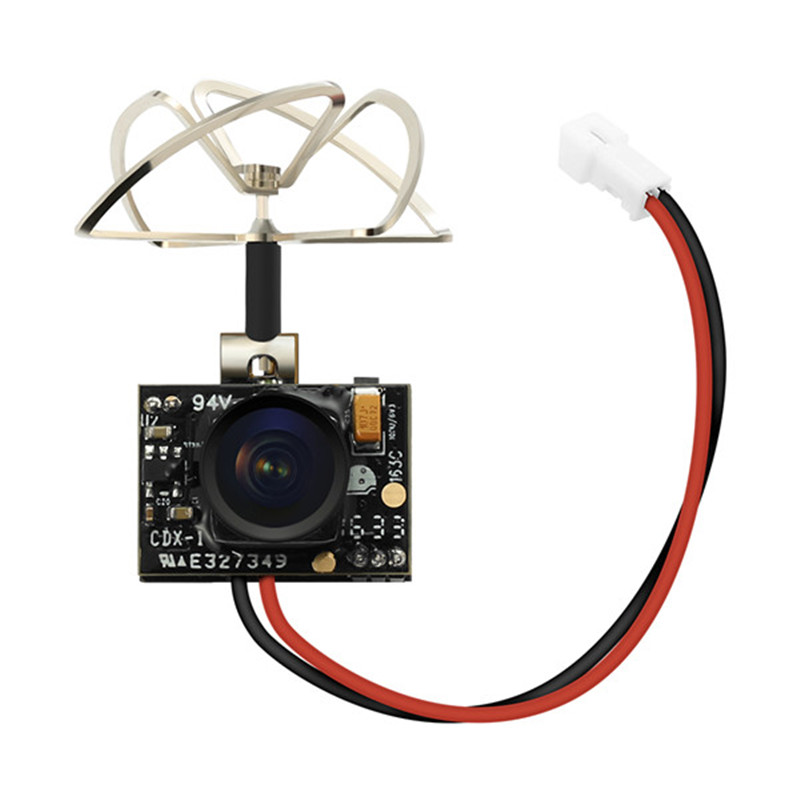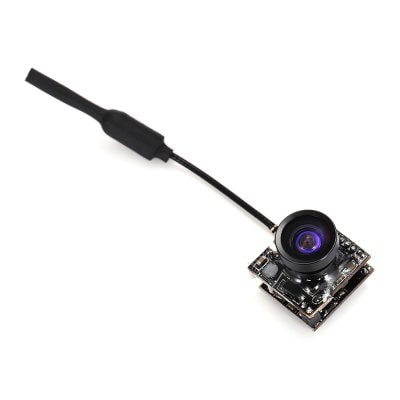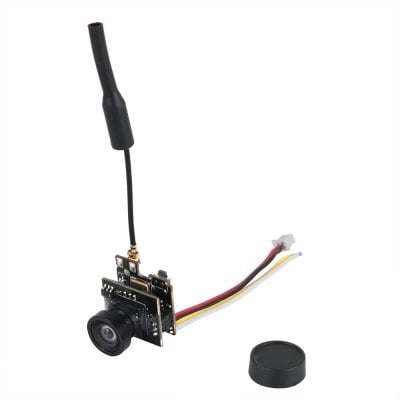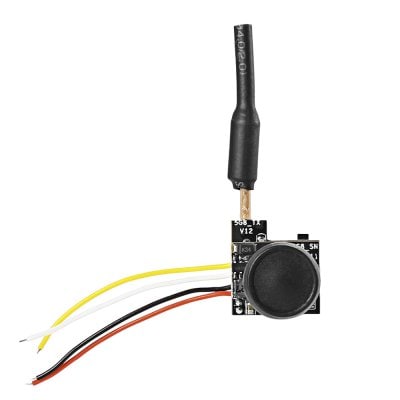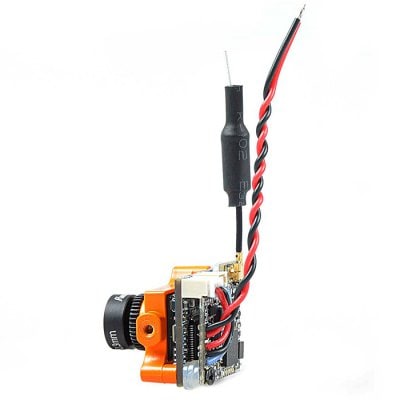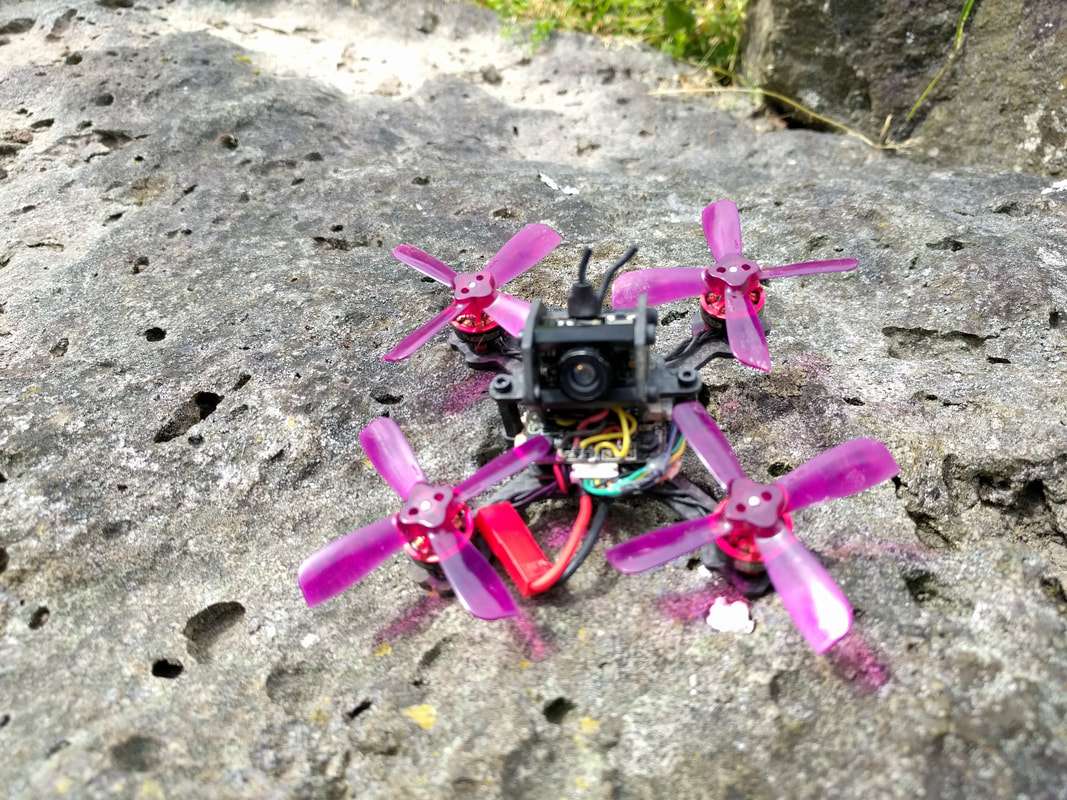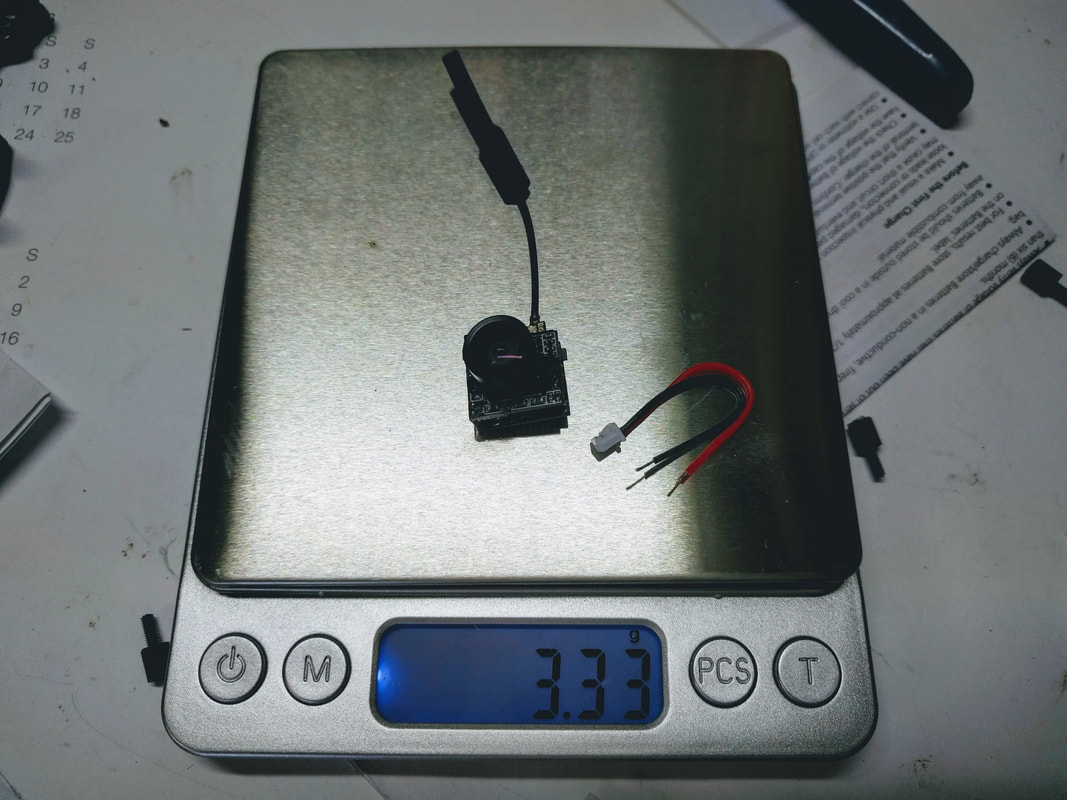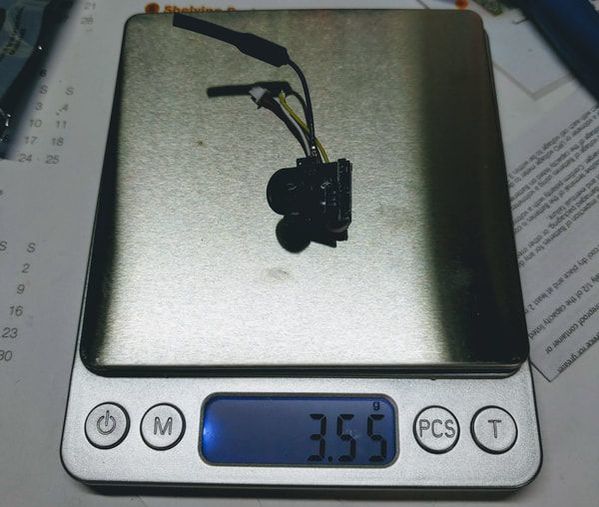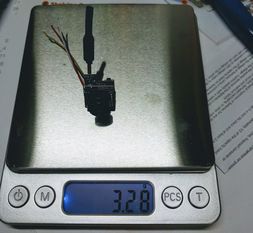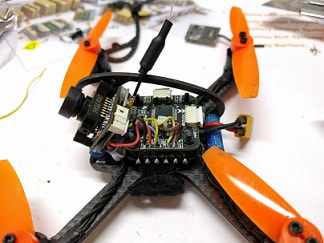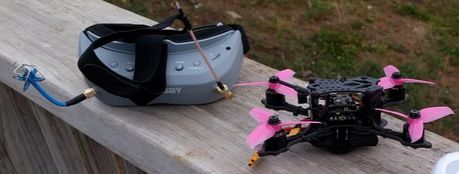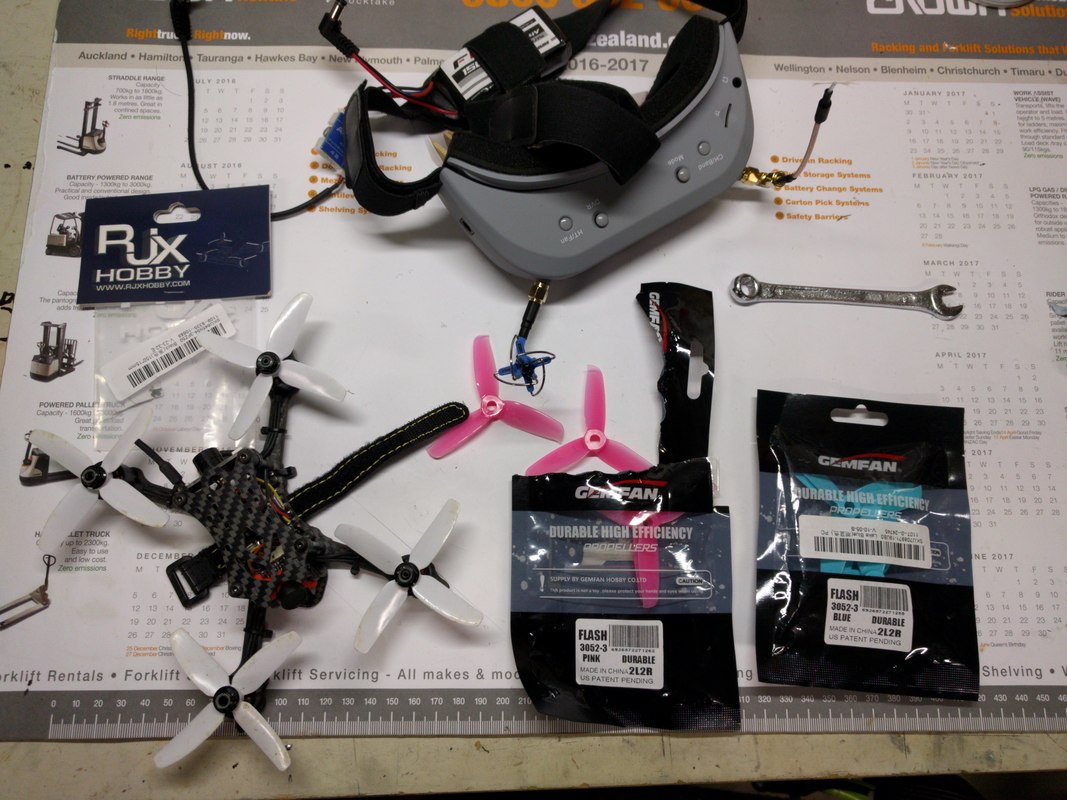|
Introduction This is a review for the Hawkeye Firefly 2 Micro Action Cam specifically used for recording HD footage on FPV quadcopters The ability to capture high definition footage for your own use or sharing with others is a key part of the FPV hobby. GoPro have had this market stitched up but are expensive especially now that the session series have been discontinued. The Runcam split, Caddx Turtle and now Foxeer Mix series have been great especially for smaller light quads but your HD recording is then fixed to a specific quad. Last year the Hawkeye Firely Micro Cam was released and had it's niche as a lightweight self-powered transfereable action came but it was forgettable with poor bitrate on 1080p footage which typically looked worse than 720p. Well the makers from this camera have made real improvements for version 2 which offers the specs below, key of which for me is 1080p @ 60fps (spoiler: it's pretty good) and 2.5k @ 30fps all with its own battery that will power all 31g of it for about 60 minutes.
This is the new Hawkeye Firefly 2 Micro action cam that was released April 2019 Getting started The camera itself is small and feels solid but is definitetly not water resistant in it's own right. Water resistance is achieved using the included silicon 'condom' which securely fit on the camera covering potential ingress points: button holes, LED hold, SD card. Only the sealed lens and sealed rear of the camera are exposed. Buttons are easily accesible with recessed button markings in the silicon skin that align perfectly with the actual buttons on the camera. Another thing, with the silicon skin on it actually weights 43g. Regardless I'll only be flying with this on, it offers good physical and protection and some basic water resistance.
6 Comments
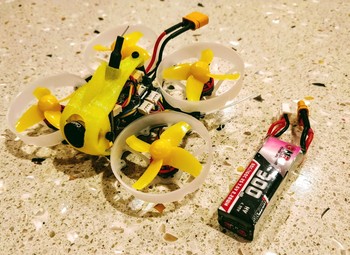 Introduction The Fullspeed Tiny Leader is a new sub-micro class quadcopter from FullSpeedRC.com that is ducted and competes in the now popular and increasingly competitive brushless whoop market. Full Speed is a now well known and respected producer of micro brushless quadcopters including the original Leader 120 (review here) and more recent Leader 2.5 (review here) and Leader 3 (review here). Below I will outline the published specs and what sets this apart from other brushless whoops - good, bad or indifferent. To clarify there are 2 current Full Speed Tiny Leader models: The TinyLeader Regular and TinyLeader HD with onboard HD recording. This review is for the TinyLeader regular Introduction The Diatone 2019 GT R249+ is one of the newest series of micro quadctopers from Diatone that is built around the Mamba mini f4 stack. The full range from smallest to largest includes: As you can see there is a high degree of modularity - for all except the largest they share the same 1105 5500kV motors. All sizes feature a 3mm thich carbon baseplate except for the R239 which uses and injection moulded plastic chassis and prop-gaurds. All models share the same injection moulded lightweight canopy and mamba mini f4 stack.
I've chosen to review the R249+ since my experience with micro quadcopters has lead me to believe that this is the 'sweet' spot in terms of performance and staying small and discrete when flying. This is part 2 of the review. In part 1 I discuss an overview and setup (including betaflight settings from factory) are covered in detail: Part 1 review 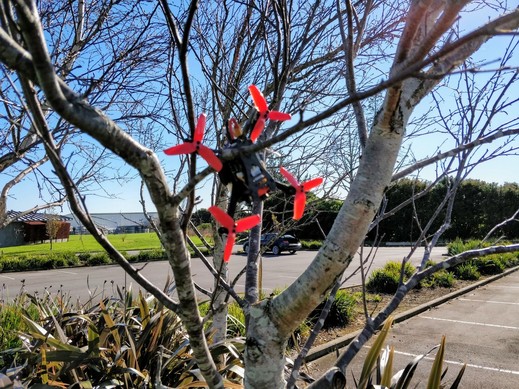 Correction Firstly a very important correction. In the first review I showed a picture of the quadcopter minus battery sitting on a set of scales at 65g. I took this for granted and after measuring on my own scales got 84g. I don't usually trust weight in text but seeing it was sitting on digital scales I did not measure myself. Disappointing as this is misleading so I updated Gearbest immediately. To their credit they promptly took the image down and corrected the weight in the description - see below. Preparing for flight Just some minor housekeeping prior to the first flight. XM receiver was fixed in place on top of the VTX as it was dangling free when I received it. Antenna was fixed in place with a cable tie off the rear arm and heatshrink to secure. VTX antenna got the same treatment off the rear upper-deck of the frame. Lastly I replaced the rubbish battery strap with one from RJX hobbies (review here). Although a buckled strap was included as well as the one picture above, it was much too long? Weird. Flight performance on 2s Just because the Bolt X120 *can* fly on 2s doesn't mean you *should* fly on 2s. I used my Turnigy Nanotech 2s 950mah (47g) pack and needed about 40% throttle to hover. I could fly but performance was lacklustre and I got bored. I did get about 4 minutes flight time but won't say any more. Flight performance on 3s After my initial disappointment on the weight, performance on 3s 450mah turnigy nanotech was better than I had expected. It felt controlled with enough speed to be enjoyable. I had to switch to default betaflight 3.3 PIDs though since the customised PIDs look more like a 4s tune and felt sloppy as a result. I did manage to get good flight times on these little batteries of approximately 2.5 - 3.0 coming down at 3.75 volts and had fun doing so. Given then power of the quad I'd probably pefer a 650mah 3s for another minute or so of flight and would have less concern about sagging on big throttle punches. For the places I usually enjoy micros the most (tight with small trees) I found 3s the most fun. Quick update: compared back to back on same batteries with my Leader 120 which is lighter (68g vs 84g) with 'smaller' motors (1104 7500kV vs. 1106 4500kV). I found it was similar speed with comparable handling and I actually got as good if not slightly better flight time on the Skystars Bolt - the extra stator size was negated by the lower kV from an efficiency standpoint. The leader however cannot do 4s... 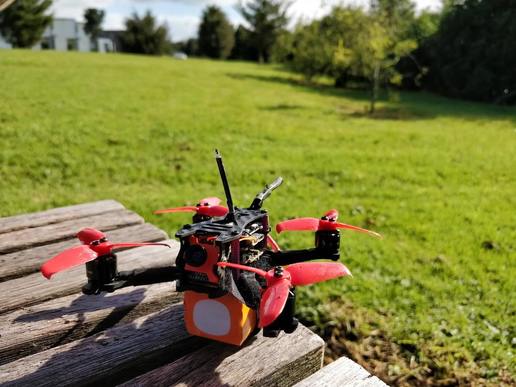 4s 650mah CNHL is a lot of battery on this quad 4s 650mah CNHL is a lot of battery on this quad 4s Powah When I went from 3s to 4s on the BabyHawk R 3" (review here) I got a reasonable increase in speed but not 33% as you'd probably expect. Given the same motor size (1106 4500kV) I was expecting something similar here but got a complete shock here - This thing ABSOLUTELY SCREAMS on 4s. I've always liked the Gemfan 2540 props (review here) but have never tried them on 4s and boy, they sure hold up and deliver on the extra power, it was like a different quad altogether. The speed was like nothing I'd felt on a micro and I had real trouble managing in a tight area. This probably wasn't helped by the fact I was using a CNHL Ministar 4s 650mah battery which weighs 87g so I was really blowing out on corners, even with a lot of extra throttle. It reminded my of running a heavy 4s 3 inch with 1408 motors - super fast but handled like a brick. I'd dare say 450mah 4s at around 62g would be a better option for weight control. at the cost of some flight time. As it stood I was getting 4 - 4.5 minutes on the 650mah battery. I've since moved to betaflight 3.4.0 and have got the tune tighter without oscillations but it is still a handful. For my piloting ability running this quad on 4s requires a bigger area akin to my 4 and 5 inch quads but that kind of deafeats the purpose of this micro. For my money and ability I actually prefer this on 3s - It is much quieter and handles better with the lower weight which is better suited to small parks. The noise alone on 4s makes people more wary of this one. Conclusion Rather than trying to recommend how many cells you should run I've merely stated my opinions on what I want from a micro. The most important thing here is that this Skystars Bolt X120 is well and truly capable of comfortably running 3s or 4s depending on where you are flying or how you are feeling on a particular day. The new throttle limiting feature on betaflight is a great way of limiting power to fly on 4s if for example you want to stick with just this battery size with power more akin to 3s. I've written a full tutorial on this here including how to assign to an AUX switch. Although I alluded to the similarities to the original Leader 120 (review here) it is clearly a different quadcopter with a different feel and different capabilities - it has a much better camera and VTX but is much heavier and designed to run on more cells which make it heavier again for a different flight feel. A better comparison is perhaps the BabyHawk R 3 inch which I find handles better but lacks the speed of this model, particularly on 4s. Images below on a scale for all of these for comparison. The Skystars bolt can be bought exclusively from Gearbest in several different formats - an unbuilt kit with no receiver (PNF), a built quad with no receiver, or as a built quad with FRSKY or Flysky receivers.
Check on my discounts page regularly for specials but at the time of writing the unbuilt kit is available for $117 and the FRSKY BNF as seen here is available for $134 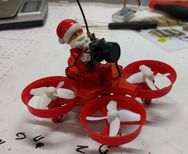 Typically AIO cameras are limited to brushless quads now. Here is my santa whoop with the LST S2 Typically AIO cameras are limited to brushless quads now. Here is my santa whoop with the LST S2 Since half of the planet is currently having weather that is forcing people indoors at the moment (not me haha!) I've reviewed some All In One (AIO) camera and VTX combos. Traditionally these have been used on tiny whoop style indoor brushed quads and smaller micro brushless quads although more and more brushless quads are using slightly heavier micro CCDs as standard. Weight is still very much the name of the game in brushed quads as you'll struggle to get a 4:1 power to weight ratio even on the larger 8520-based brushed micros. This means CMOS-based AIO cameras are still the norm because they are so light. In this round up I've gone for some of the lightest cameras I can find and best of all, 2 include video in / video out so that no tricky wiring hacks are needed to run betaflight OSD. Note: This is clearly not an exhaustive test, I happened to have a number of AIO camera at the same time I ordered for various micros so had a chance to compare. I though the improvements over the Eachine TX01 were impressive so thought it would be work sharing. The Contenders:
Results Clearly discussion on image quality is missing here - I found the 4 CMOS AIO camera above very similar and wouldn't be able to tell apart in a blind test. The only AIO I've picked up which is clearly inferior is the VM2751 standard on the leader which is not included in this shootout. I thought this camera/vtx was the weak point of the Leader 120 quadcopter. Recommendation For a micro brushed quad without an OSD I'd recommend the LST S2. For goodness sakes it is only $9!!! Further to that it is light, easy to change channel / band / video format and small. For a micro brushed quad with OSD or if you are after every milligram of weight savings, get the CM275T. It is CRAZY light at 3.2g and has a very convinient video/in out so that you don't need to mod your cam just to enjoy betaflight OSD - assuming your FC supports it. I know it's at odds with what I said about brushless and ccd cameras but this will be going on my Eyas X2 rebuild going for the lightest 2" possible - targetng 35g with props. Here is my original X2 eyas build on rotorbuilds if your curious. For a brushless quad 2s and up just get the micro swift or equivalent and the TX200 VTX. The video quality is just so superior in all but the best lighting conditions. VTX can be a little tricky with band / channel display but transmission quality is excellent and you have the ability to bump the transmission power up to 200mW. This is not a typical review, there are plenty of those around. Bruce from RCModelsReview and Seth from RCAddict both do a good review on these as do many others. The aim of this review is to detail my experience moving from box goggles to a set of crap binocular goggles to a set of good binocular goggles. 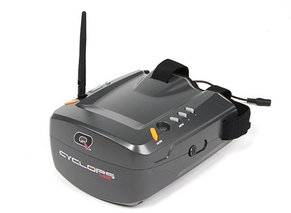 The Quanam Cyclops is a good basic starter FPV goggle set The Quanam Cyclops is a good basic starter FPV goggle set When I first jumped in to FPV quadcopters in March 2017, box goggles were all that fitted into my budget and at the time the Quanam Cyclops V2 from HobbyKing was one of the better models going. I've really enjoyed my time with these - an immersive 5 inch screen, useful OSD and pretty good reception for a non-diversity receiver. The only downside for me in practicality was the large size that was difficult to stuff into a backpack and to a lesser extent the reception for short-mid range flight. Looking dorky doesn't really matter to me, I have kids so a large set of box goggles doesn't even register on the shame scale. 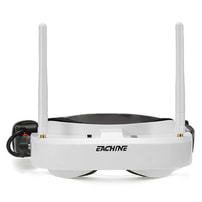 The Eachine EV100 is not a good set of binocular FPV goggles The Eachine EV100 is not a good set of binocular FPV goggles My first move into binocular goggles was unsuccessful. Like thousands of others I jumped on the Eachine EV100 preorder from banggood. They felt and looked good at an excellent price, the lens adjustment was great and I so wanted them to be good but they just weren't. They failed on the most important feature of all - the viewing experience. Possibly because of the innovative lens system but more likely due to cheaper optics, the field of view was tiny. There was a lot of hyperbole around the lovers and the haters but it was just too hard to see the small screen, *especially* coming from box goggles. I really hope that Banggood/Eachine get this right, there is a lot of potential to take the market away from Fatshark in particular who offer great customer service but have offered little innovation in the last few years. 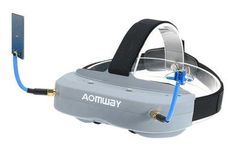 The Aomway Commanders were the binocuar FPV goggles I was looking for The Aomway Commanders were the binocuar FPV goggles I was looking for Naturally I was therefore hesitant with the Aomway Commander V1, even with the glowing reviews around. The hesitation was short lived though. After speding sometime to figure out the menu options I found the field of view to be good, even after transferring from the quanam goggles which have some of the biggest fields of view on the market. The most important measure for me was that I could fly just as well (no worse anyway!) than with the box goggles - a completely different experience from the EV100 goggles. By now, these goggles have been well reviewed but I'll cover of the points that were important to me as succinctly as possible:
Thanks to Gearbest for providing the sample for me to review and use. A link for the most up to date (revision 2) of the Aomway Commander V1 goggle is below, currently available for around $300. Check out my coupons and discounts for the latest flash sale or coupon for these. https://www.gearbest.com/fpv-system/pp_602969.html |
Quick Access Menu
All
|
Thanks for visiting QuadifyRC.com Follow us on facebook below to get all the latest updates

